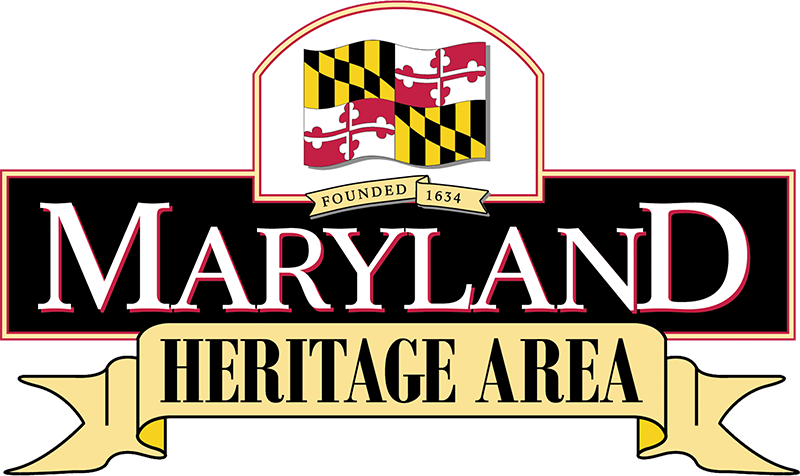The Bowens Chapel and School structure was an important part of the African-American community in the general Union Bridge Area.
The Ellsworth Cemetery was one of the main burial sites for African-Americans in Carroll County.
The Fairview Methodist Episcopal Church is an African-American church with several United States Colored Troops veterans buried in its cemetery.
This French and Indian War-era stone fort was used during the Civil War as a picket outpost and was the scene of a Christmas Day skirmish in 1861.
The Gibson-Todd House was the site where John Brown was hanged for his failed raid against the U.S. Arsenal at Harpers Ferry.
The Goose Creek Meeting began the area’s first school for black children, just after the Civil War.
The site of John Brown’s raid in 1859, Harpers Ferry was also strategically important during the war years, and changed hands several times.
The Jefferson County Courthouse hosted the trial of John Brown following his failed raid on the U.S. Armory at Harpers Ferry, and it was damaged during the Civil War.
John Brown rented a room in this house while preparing for his raid on Harpers Ferry.
The U.S. Armory’s fire engine and guard house was used by John Brown and his conspirators as a final refuge in their October 16–18, 1859 ill-fated raid on the facility.
The Kennedy Farmhouse was used by John Brown and his followers as a staging area for his October 17, 1859 raid on the nearby U.S. Arsenal at Harpers Ferry, Virginia.
The Laboring Sons Cemetery and Memorial Grounds in Frederick is the final resting place for six Civil War veterans who served in the United States Colored Troops.
At least 30 veterans of the USCT are buried in this cemetery for African Americans in Gettysburg.
During the Civil War the Lockwood House served as headquarters for Union generals, and after the war it was the site of a school for African Americans and became part of Storer College.
Confederate veterans are buried in the cemetery adjoining Monocacy Chapel.
During the Battle of Antietam, the Otto farm was occupied by both armies at different times, and after the battle it was used as a Union hospital.
Pine Grove Chapel was occupied by the Northern army as a barracks for troops guarding the railroad.
This house was owned by Roger Brooke Taney, future Chief Justice of the United States Supreme Court, from 1815 to 1823.
After the Civil War, Waterford Quaker Reuben Schooley sold property on Second Street to be used by the “colored people of Waterford and vicinity.”



